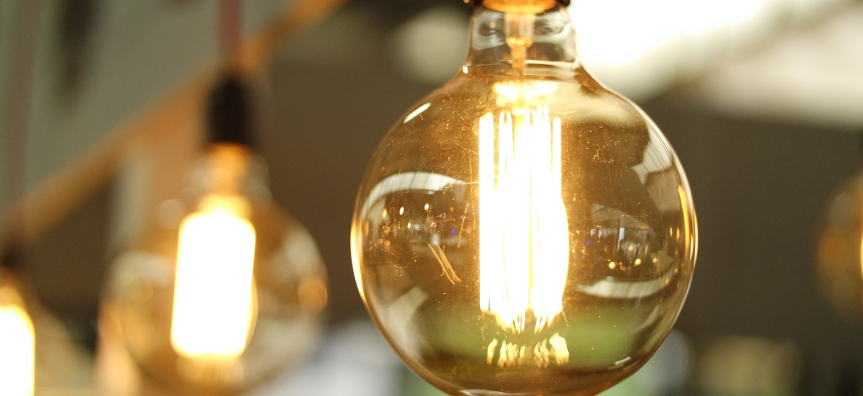
Change to energy efficient light bulbs
Incandescent lighting is the most energy-inefficient and expensive to run of all household lighting options. Switching to a LED light from a standard globe can save you $30 per year* per globe. They also last much longer than standard bulbs. The Energy Rating website has more detailed information on lighting options, and a light bulb buyer’s guide includes a handy light globe conversion table to help you select the right lighting for your needs. *Based on three hours of use per day, 350 days per year at 32 cents/kWh. Source – NSW Government Energy Saver
Get great advice for energy efficient lighting. By choosing the right lights, you can reduce your electricity use and downsize your bills. Check out the NSW Government Energy Saver website
Switch off your lights
Try installing motion sensing lights in areas such as bathrooms, corridors, entrances, laundry and kitchen. Doing this will take the effort out of energy saving.
Green your outdoor lighting
User timers, motion sensors or solar powered lighting for all garden and security lights. Make sure these lights are energy efficient LEDs.
Keep it simple - single lights
Switch to a single bright light instead of a multi-bulb fitting. Avoid using multiple-bulb fittings, as this is an inefficient form of lighting. Around six 25-watt bulbs are required to produce the equivalent light output of a single 100-watt bulb.
Helpful tips to keep your lighting costs down:
- Avoid having several lights activated by one switch. Use separate switches for each light.
- Use the lowest wattage light needed to adequately light an area.
- Avoid using downlights, as several are needed to light an average-sized room. They can also lead to heat loss through the recessed holes where they sit in the ceiling. For recessed downlights you must remember to give at least 50mm clearance between the lights and bulk insulation material and 200mm clearance between the lights and any combustible building element.
